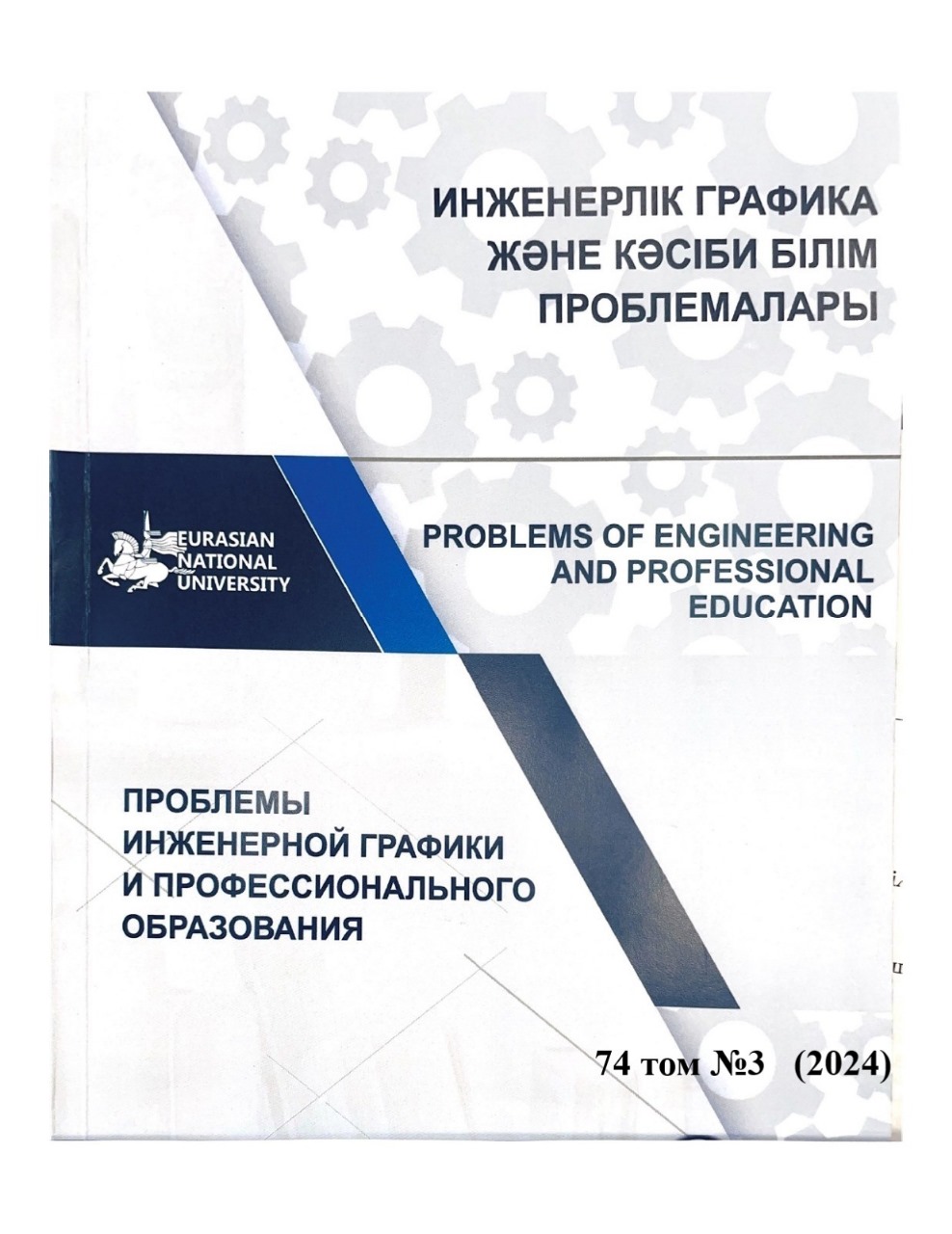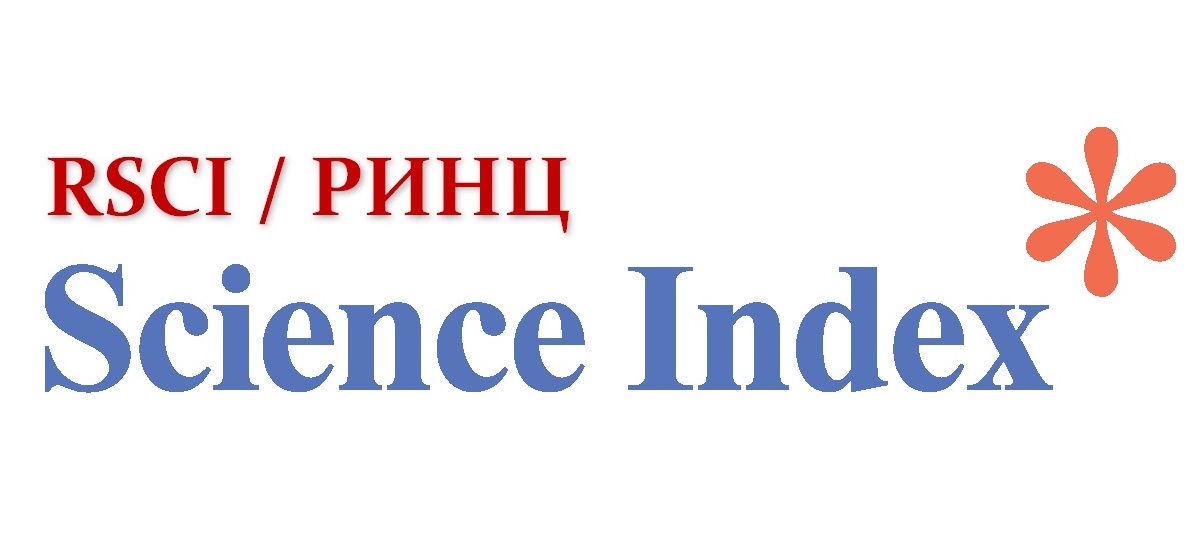Методические особенности преподавания работы в редакторе Figma в образовательных учреждениях
Просмотры: 139 / Загрузок PDF: 36
Ключевые слова:
методика преподавания, Figma, образование, обучение, цифровые технологии, графический редактор, учебный процесс.Аннотация
Статья посвящена методическим особенностям преподавания работы в графическом редакторе Figma в образовательных учреждениях. В условиях стремительного развития цифровых технологий и роста потребности в специалистах, владеющих современными инструментами проектирования интерфейсов, Figma становится важным компонентом учебных программ по дизайну. Этот графический редактор предлагает широкие возможности для коллаборативной работы, что позволяет студентам совместно работать над проектами в режиме реального времени, облегчая процесс создания и редактирования интерфейсов. В статье анализируются основные преимущества использования Figma в образовательном процессе, включая его доступность, кроссплатформенность и возможность интеграции с другими приложениями для дизайна и прототипирования. Особое внимание уделяется педагогическим методикам, применимым для эффективного обучения студентов, среди которых проектное обучение, проблемно-ориентированное обучение и перевернутая аудитория. Рассматриваются подходы к структурированию учебного процесса: разделение на теоретические и практические занятия, использование интерактивных технологий и групповых проектов для максимальной вовлеченности студентов в образовательный процесс. Кроме того, в статье рассматриваются основные вызовы, с которыми сталкиваются образовательные учреждения при внедрении Figma, такие как необходимость обучения преподавателей, технические ограничения и обновление учебных материалов. Приводятся рекомендации по преодолению этих трудностей и успешной интеграции Figma в учебный процесс, а также перспективы дальнейшего использования цифровых инструментов в образовании.






